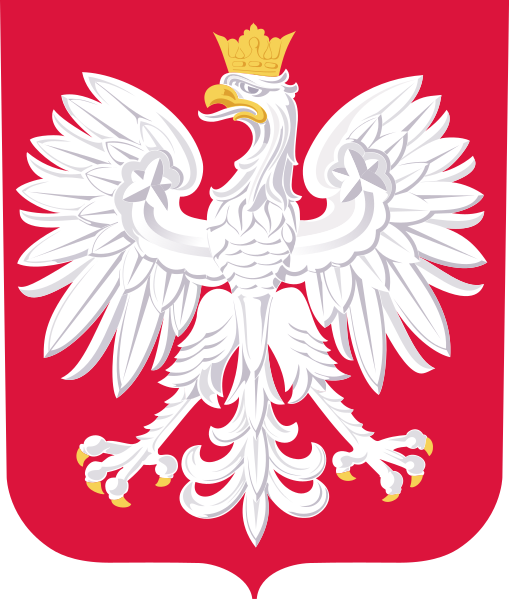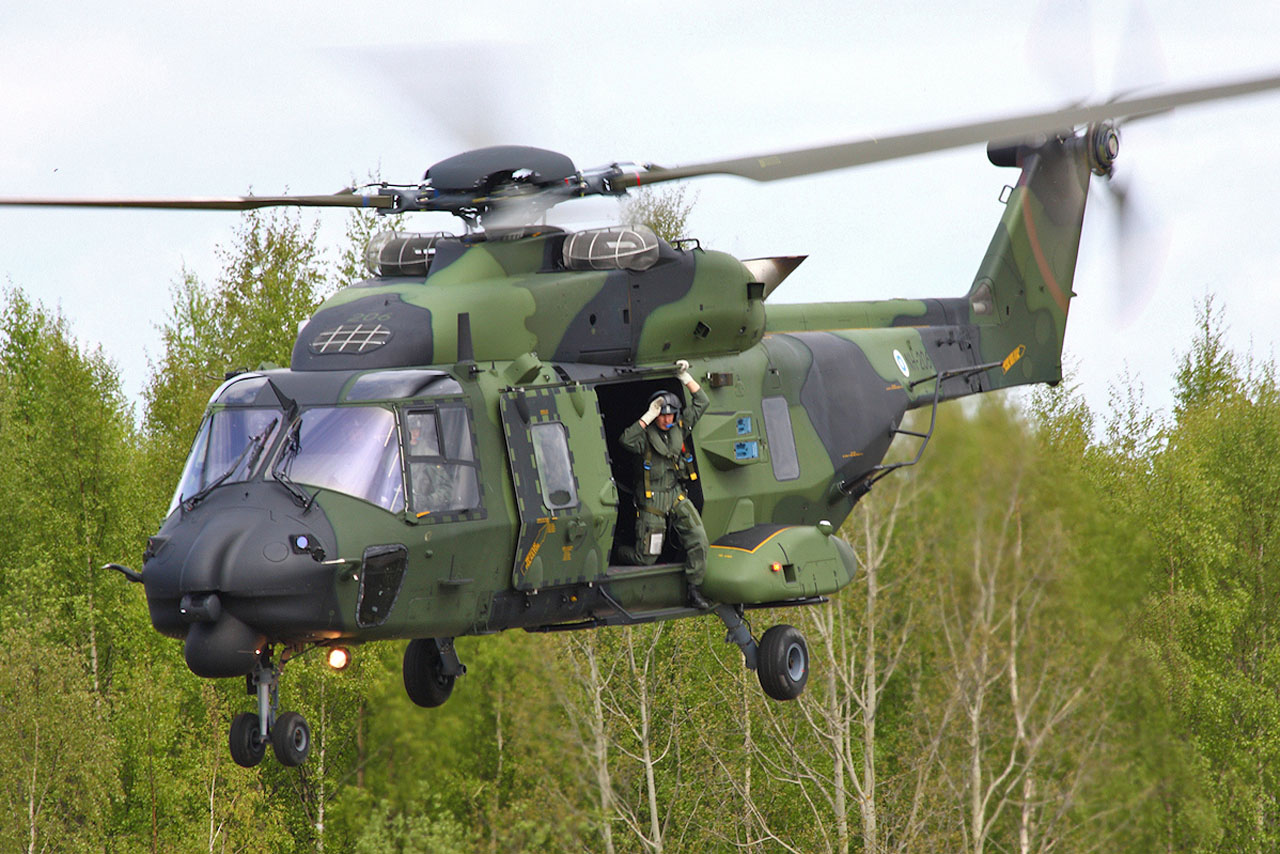HE DM11 secondary ammunition for MBT 120mm smoothbore gun. (Photo: Rheinmetall)
June 15, 2011 defpro.com
Rheinmetall recently revealed a new 120m HE round to a group of international experts at its proving ground in Unterlüß, Germany. It can be fired from any in-service 120mm smoothbore gun (L44 and L55). Dubbed the DM11, the new ammunition was developed on behalf of the German Ministry of Defence. It enables main battle tanks to respond more effectively to a variety of contemporary threats.
The round has already been fielded by the US Marine Corp, which refers to it as the Multipurpose (MP) DM11. The Marines use it primarily for engaging non-armoured and lightly armoured targets in asymmetric encounters. Its long range makes a significant contribution to protecting friendly forces from attack by enemy combatants armed with short- and medium-range weapons.
From the technical standpoint, the HE DM11 stands out in two ways: it is programmable when loaded and features an airburst detonation capability. Modularly designed, the 120mm x 570 HE Temp DM11 consists of an IHE (Insensitive High Explosive) warhead with a programmable fuse and ballistic cap, a tail unit, driving band, a combustible case with a propelling charge, a newly designed stub case with primer and an integrated data link cable for programming.
Interfaces between the propulsion system and the warhead and between the propulsion system and the fuse ensure that the propulsion system can be exchanged once its service life expires; it will also be possible to exchange the fuse in future at reasonable cost. A further unique feature of the DM11 is that it safe to fire in all climate zones (-46oC to + 71oC).
The HE DM11 is principally used for engaging non-armoured and lightly armoured vehicles, antitank positions (both dug-in and in the open) and field fortifications. Furthermore, it can be employed – thanks in part to its high precision and long range – for penetrating walls and taking out targets in buildings, as well as for creating breaches and avenues of approach in built-up areas to support dismounted troops. To enable optimum exploitation of the new ammunition’s full tactical potential, it features three different fuse modes:
• Impact fuse mode/point detonation: the warhead detonates when it hits the target surface, creating a large breach;
• Programmable delay/point detonation with delay: the warhead detonates after penetrating the target;
• Programmable airburst mode: here, at ranges of up to 5,000 metres, the warhead detonates in front of, or above, the selected target.
Easy-to-add programming kit
A further design imperative was the ability to program the ammunition without altering the fire control unit. (In the Leopard 2A4, most of these are still analogue; in subsequent versions of the vehicle they are already partly digital.) This ensures that the ammunition can be fired from any Leopard 2 tank gun.
In addition, the necessary programming kit – developed by Rheinmetall at its own expense – had to be easily installable in existing tanks, with the need for new components, special tools or testing equipment kept to a minimum. After all, it was important for the crew to be able to engage targets without having to change well-rehearsed operating procedures.
To make sure that the ammunition and programming kit could be used in other MBT with the same main armament, the developers adhered to the internationally agreed interface control documents for 120mm tank main armament.
The programming kit comprises an ammunition communication module (ACM) for programming the fuses; an interface box between the ACM and the fire control unit that generates all relevant data for the ACM; and an add-on control box/ACM for the gunner/loader control console. The kit can be retrofitted into existing systems without major modification.



























